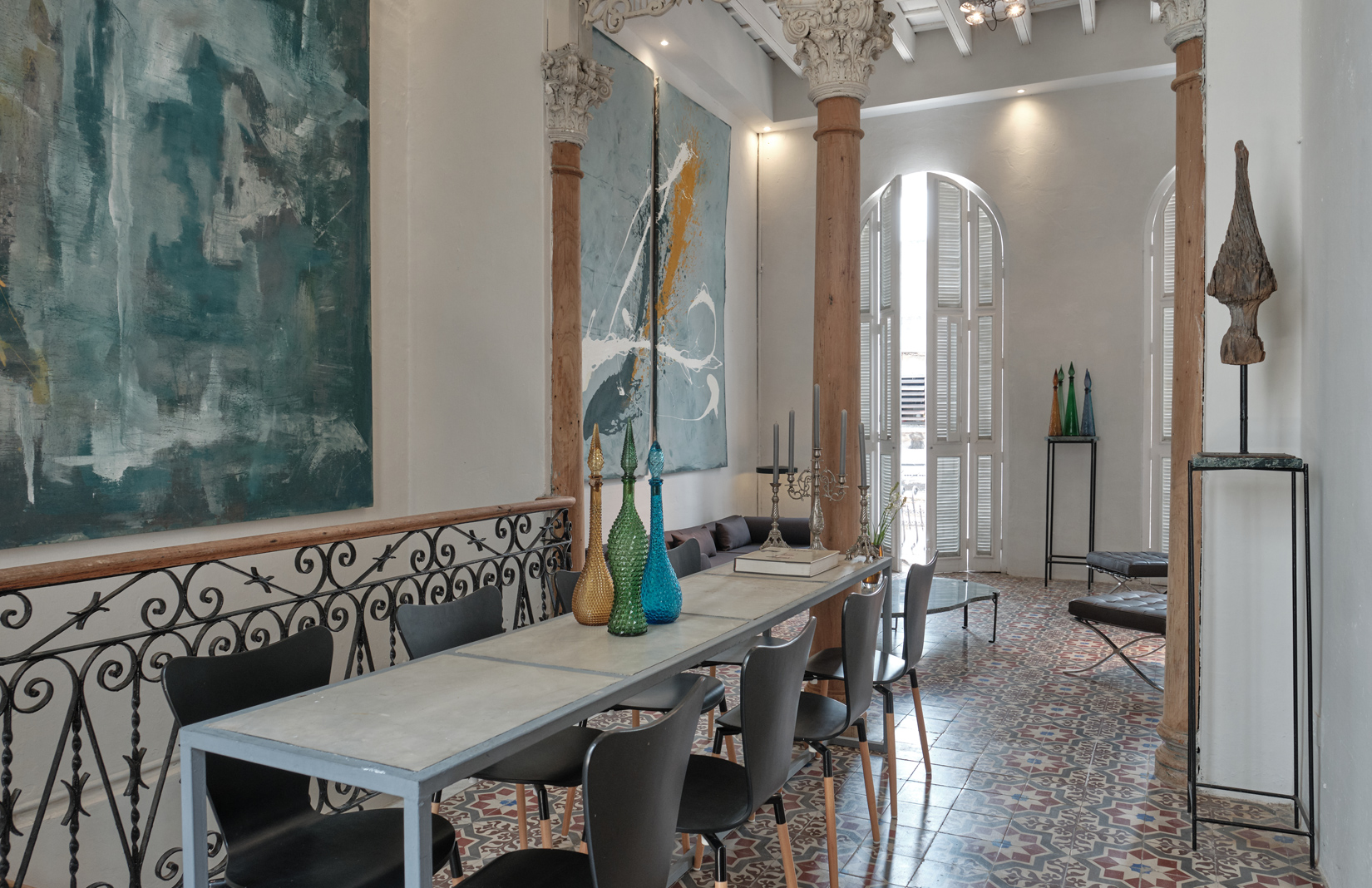
Photography: CD/ITKE/IntCDC University of Stuttgart
The University of Freiburg’s botanic garden is now home to the livMatS pavilion – made
from robotically wound flax fibre and set to be used as an outdoor lecture room.
The temporary structure was built by the German university’s team of architects, engineers and biologists, to explore more eco-friendly ways to build.

Fifteen components make up the pavilion, all of them robotically prefabricated using flax – which also means there’s no waste. Inside, the wrapped strands of flax create a vaulted ceiling effect that’s somewhat reminiscent of being stood inside a cathedral.

The final layer is the polycarbonate skin, which protects the structure from the effects of weather. In total, the pavilion weighs around 1.5 tonnes and encloses a 46 sq m area – enough space for classes to sit and learn outside.
The pavilion is set to remain in place for the next five years, giving the design team ample opportunity to see how the flax holds up and explore its future potential…


























